Last week I watched the film “First They Killed My Father”; the screenplay was co-written by the author of the book with the same title and Angelina Jolie.
Loung Ung is a Cambodian-born activist now living in America and her book describes her family’s experiences under the Khmer Rouge, their enforced exodus from Phnom Penh in 1975 and subsequent events up to the liberation of Cambodia by the Vietnamese in 1979.
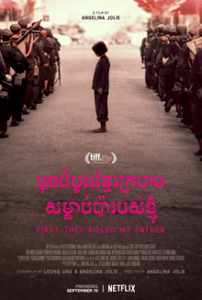
The book was published in 2000 to international acclaim and the film was released in September 2017. The film is shot through the eyes of the 5-year-old Loung and is extremely visual with wonderful cinematography. Jolie, who holds Cambodian citizenship, directed the film and she has been praised for her directorial sensitivity. It was filmed in Battambang, Cambodia with an all-Cambodian cast and is the biggest film shot in Cambodia. However, if you know little about the history of the conflict it could be difficult to follow, although it certainly portrays graphically the horrors of life under Pol Pot.
I admit to knowing little about Cambodian history; living in Siem Reap, in what was the heart of the Angkor dynasty, I have started to read and learn a little about this fascinating region. It is complex, as I suspect a lot of history is in South East Asia, with territorial wars between kingdoms I thought existed only in story books and musicals. Originally a small village, Siem Reap (which literally means ‘Siam defeated’) along with Angkor was under Thai control from 1794 to 1907. The town is relatively new and only started to grow to support the tourist industry which started following the “discovery” of Angkor Wat by Henri Mouhot in 1860 and publication of his travel notes in 1863. This discovery is controversial as there are reports by 15th and 16th century Spanish missionaries, the 16th century Portuguese historian Diogo de Couto and there are 17th century reports from Japanese settlements at Angkor and the oldest plan of the temples dates from this period. The survival of the temple complex is attributed to Buddhist monks who cared for the temples from the 15th to 19th centuries.
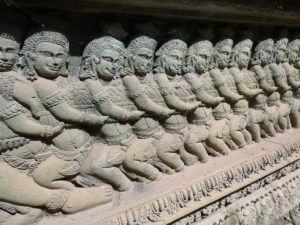
The French had a protectorate over Cambodia from 1867 and it formed part of French Indochina, along with South Vietnam known as Cochinchina. Cambodia was only seen as a strategic buffer zone between the French colonies in Vietnam and Siam (now Thailand) and so development and colonization was slow. At the end of WW II, the situation in French Indochina was very chaotic. The Japanese dissolved the French protectorate early in 1945 and Cambodia was briefly independent until the war ended and the French, determined not to give up their colonies, took back control over Cambodia later in 1945. Renewed political struggle led by King Sihanouk resulted in Independence Day being marked on 9 November 1953.
Sadly, independence did not bring lasting peace and the Khmer Rouge took power in 1975 and ruled the country for nearly 5 years. Their origins were in the northeast of the country where they were the armed force of the Kampuchean Communist Party; following a military coup in 1970 which deposed Prince Norodom Sihanouk, the Khmer Rouge grabbed the opportunity to form a political liaison with him and slowly increased their political power base in the countryside over the next 5 years and in 1975 took control of Phnom Penh and the country. We have to remember that from 1964 to 1973 the US Air Force was bombing rural eastern Cambodia along the border with South Vietnam to wipe out bases used by the Peoples Army of Vietnam (PAVN) and the Viet Cong for supply and training.
The rule of Pol Pot, the leader of the Khmer Rouge was a desperate time in Cambodia. He attempted to establish an agrarian utopia by emptying the towns and sending everyone out to the countryside. All intellectuals were tortured and killed and it is estimated that over 2 million people, a quarter of the population, died from malnutrition, disease and overwork during the mass exodus from the towns to the countryside. The rule by Pol Pot was brought to an end by a Vietnamese invasion in 1979 but this did not bring peace as the Vietnamese – Cambodian War continued through the 80s and this is the period when many landmines were distributed throughout the countryside. A peace agreement was signed in 1991 and elections held in 1993 and the monarchy restored. Hun Sen has been the Prime Minister of Cambodia since 1985 and is the longest serving PM in the world.
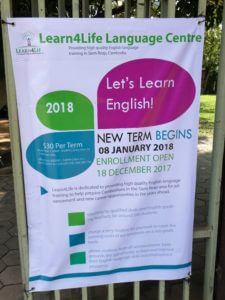
Cambodia is at last enjoying a period of peace, stability and economic growth. The World Bank report ‘Cambodia Economic Update’ of April 2017 states that economic growth remained strong at 6.9% in 2016 and that the economy continues to expand at a robust pace. Rural poverty is improving as agricultural households diversify their activities and now a third of rural income is made up of non-agricultural sources of revenue such as construction, garment manufacture and the service sectors.
However, Cambodia remains one of the poorest countries in Asia. The reasons for this are:
- economic development is held back by deep-rooted corruption
- the majority of the workforce are employed in susbsistence farming – some 2.7 million people existing on 1.20 USD per day
- lack of infrastructure to support change – only 24% of Cambodians have access to electricity, 64% to clean water and 31% to adequate sanitation
- poor quality of education
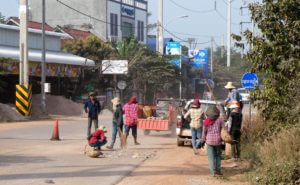
Food for thought indeed – my six months here doesn’t seem to be long enough to do a lot.
©Copyright overthehils.com 2018

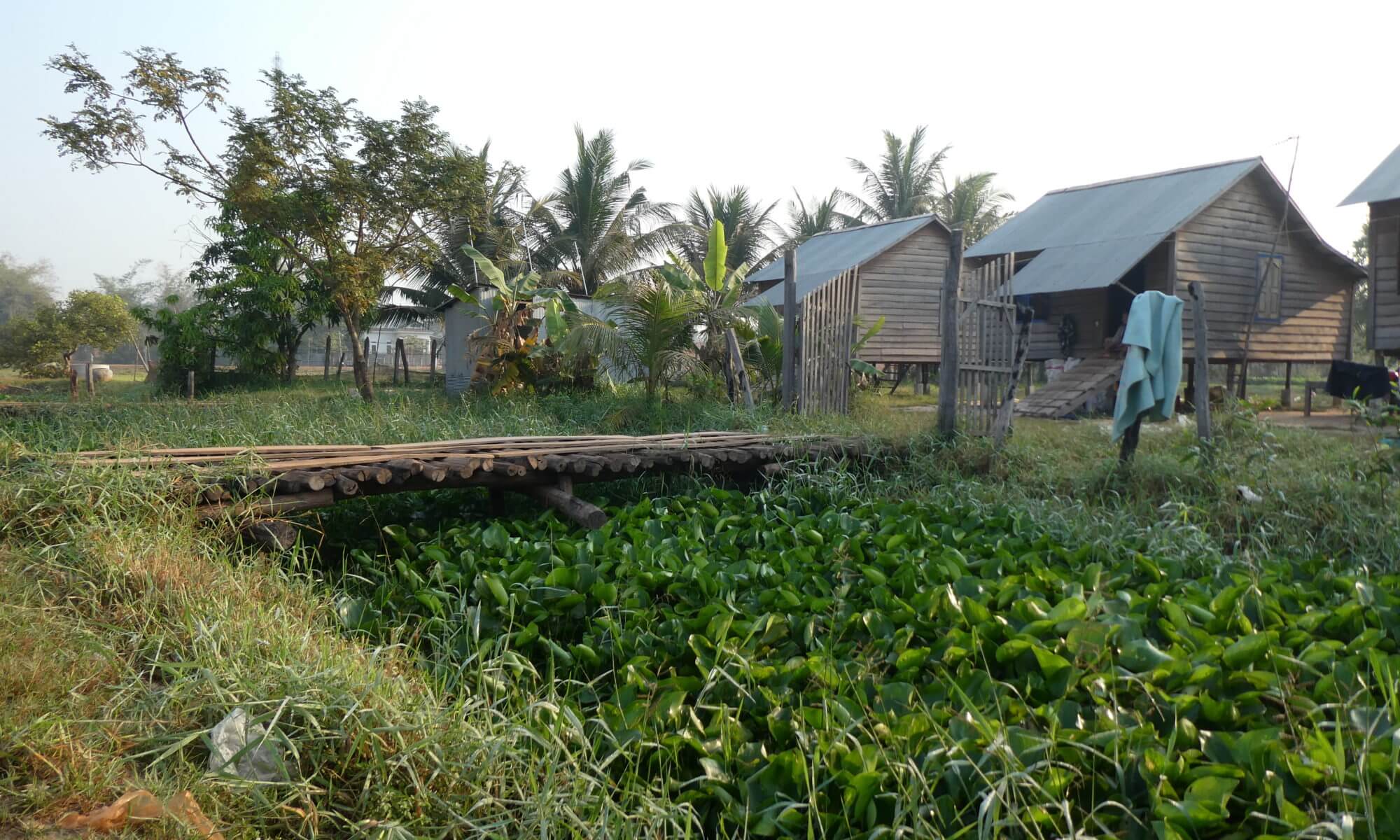
What an informative and thought provoking piece Hils. I remember some of the news articles from the 70s but hadn’t realised how long the recovery has taken. That just under a third of the population has adequate sanitation is quite shocking in the 21st century.
With your knowledge of sanitation systems from India I suspect your contribution will be greater than you modestly predict!!
Thanks Sarah. The political history of SE ASia is very complicated and interesting. The combination of war, poor colonial management, Khmer Rouge rule and corruption has led to this situation and a huge amount of investment in development is required. As in other developing countries where the West appears to have lost interest, China has become the partner of choice and contributed nearly 30% of investment capital in 2017.